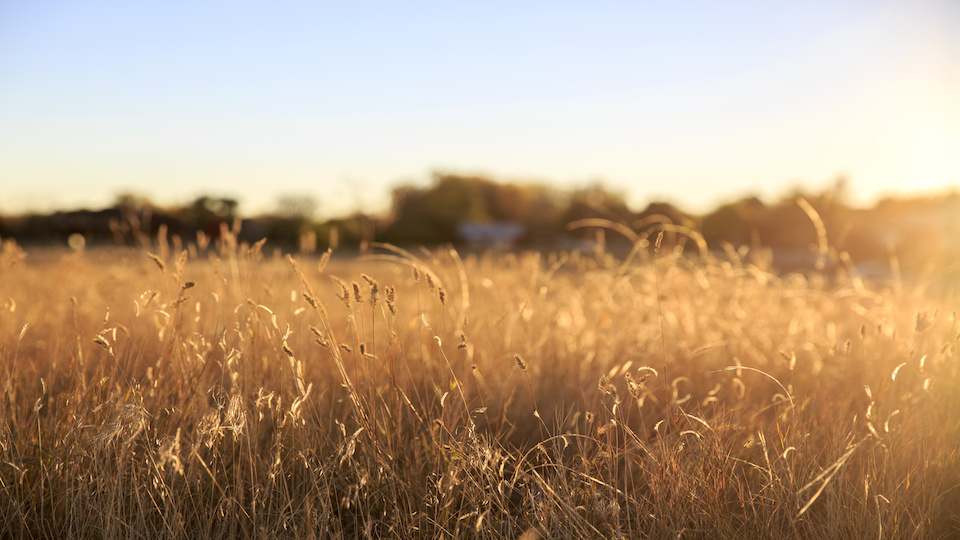When new plants are uprooted and introduced to new areas, many of them become invasive, crowding out native species, which in turn affect native insect pollinators and other animal populations dependant on them.
Human migration, international trade, and even people carrying their favorite edibles and ornamentals with them when they move to new places are to blame but only to some extent.
Plants themselves have various ways to propagate themselves and spread far and wide, and they are not limited to adaptations that help wind or flood water disperse their seeds. We are talking about hitchhiker weeds and their cunning devices. These have seeds or other parts that hitch a ride on unsuspecting animal carriers, including people, to reach new places.
Hitchhiker weeds are equipped with a surprising array of hooks and barbs and sticky substances to attain their goal. Some of these can cause injury to people and pets. Another major issue is their spreading to agricultural lands and causing crop losses. This, in turn, often necessitates the use of chemical weed killers, which contaminate the soil and water and enter the food chain of people and other animals.
You might never be able to avoid spreading these weeds completely, but you can help reduce their spread without using harsh chemicals.
Learn to identify them
If you can spot the common hitchhiker weeds in your area, it might be easier to avoid them. You can also volunteer to pull up as many of them as you can during your treks. That will prevent other people from carrying them along.
Also, if you happen to see them closer to home or on your own property, you can take the necessary steps to destroy them as soon as possible. The longer they stay, the harder it is to get rid of them. Once they develop a good root network or make seeds of their own, no simple measure will eradicate them.
Some common hitchhiker weeds are:
Bidens – Also called Spanish needles, beggar-ticks, tickseed sunflowers or burr marigolds, the seeds of these small white and yellow flowers have bristles and barbs to attach to clothes and fur of animals.
Desmodium – Aptly called beggar lice or tick clover, the pods of this legume have a sticky felt-like covering that help them stay on the coats of animals, clothing, and shoes.
Burdock/ beggar’s buttons – The globular seedpods full of spines get embedded in clothes and hair and are difficult to get rid of.
Bur-grass/sandspur – The seeds of this grass have stiff spines that can actually cause damage to your skin or the eyes of pets as they run through them.
Martynia/Tiger’s claw/devil’s claw – The common names refer to the curved spines of the seed pods that help them to latch onto animal fur.
Foxtail barley/Hordeum murinum – The long spikes of this grass break up into many needle-like pieces which get embedded in fabrics and fur of animals. This hitchhiker can even pierce the eyes of dogs.
Jumping Cholla – Small pieces of this desert cactus detach easily from the parent plant and get lodged in the coats of animals and clothing of people. Often a painful experience due to their sharp spines.
Wear clothing that defeats hitchhiker mechanisms
Avoid furry woolen or cotton materials when you go for hikes. Burrs and needles of the seeds are less likely to get embedded in smooth polyester and nylon clothing. Choose puffy jackets with down or polyester filling rather than polyester fleece.
When it comes to shoes, rubber or leather boots are the best bet. Cover your hair, too, to avoid hitchhikers lodging in there. If you’re planning on having a picnic in the open, use a plastic/nylon picnic cloth.
Shake them off
As you leave the wild area, check your clothes and shoes for seeds and other debris. Give them a good shake even when you don’t have any visible evidence.
Dispose of them correctly
Once you come home after a hike or camping out in wild areas, vacuum all the clothes and accessories that went with you. That includes your car, which might be carrying a host of unwanted guests on its tires, seats, and undercarriage. Don’t dispose of the collected debris in your compost pile or yard. Burn it if you can, or dump into a bucket of bleach solution.
Leave no space for the invaders
Hitchhiker weeds tend to thrive in disturbed patches of land. This is because the transported seeds can take root easily in loose soil. Lack of competition then allows them to get established. If you have areas in your garden where the soil has been recently loosened and left exposed, cover them with either landscaping fabric or a thick layer of mulch.
Pull them up
If you find any these weeds popping up in your yard, pull them up before they start flowering. You don’t want them to set seed and then spread to other areas.
Crowd them out
If they’re too many to be pulled up physically, use a fast-growing cover crop to smother them. That’ll give them a taste of their own medicine.
-Susan Patterson




